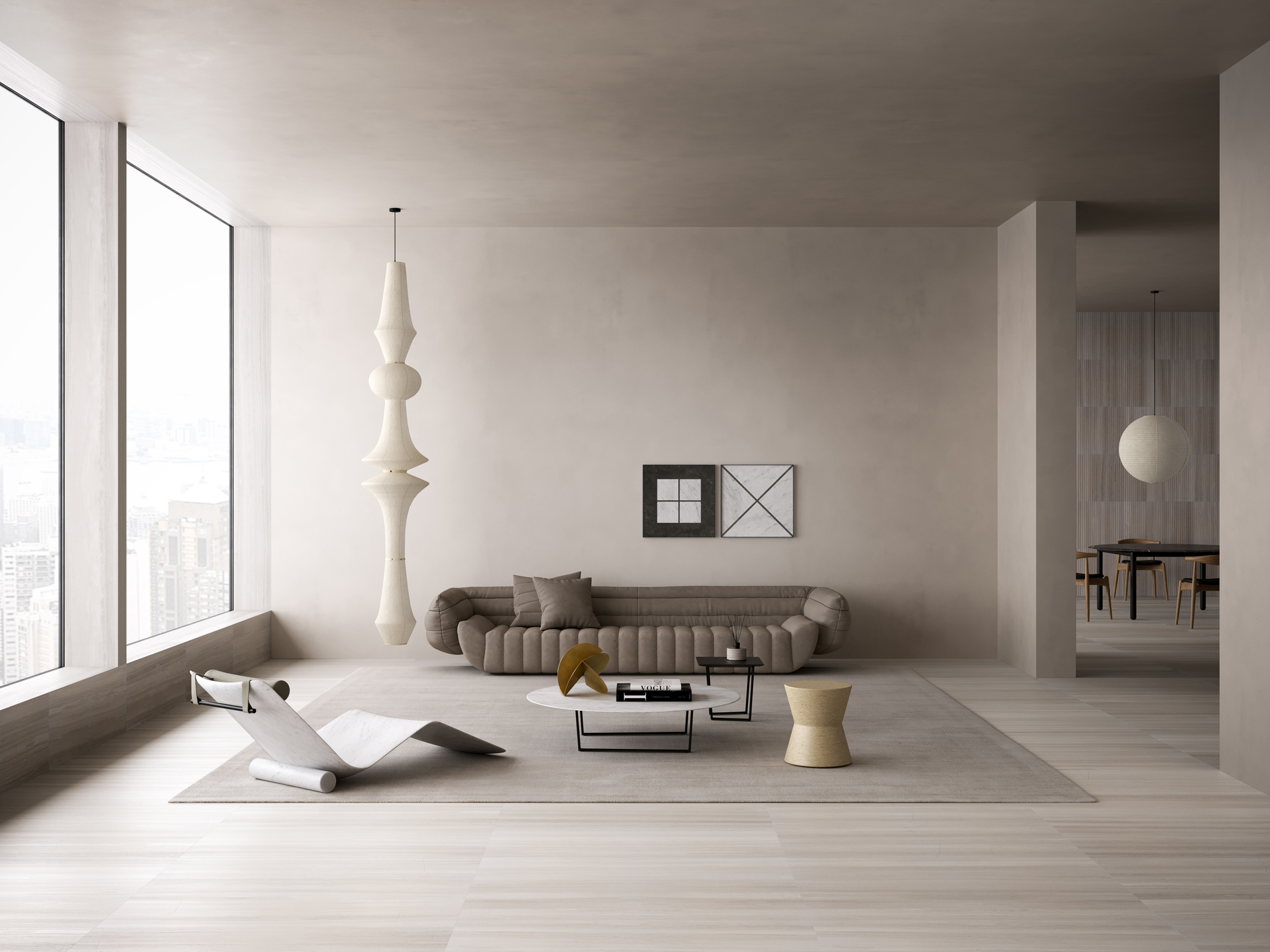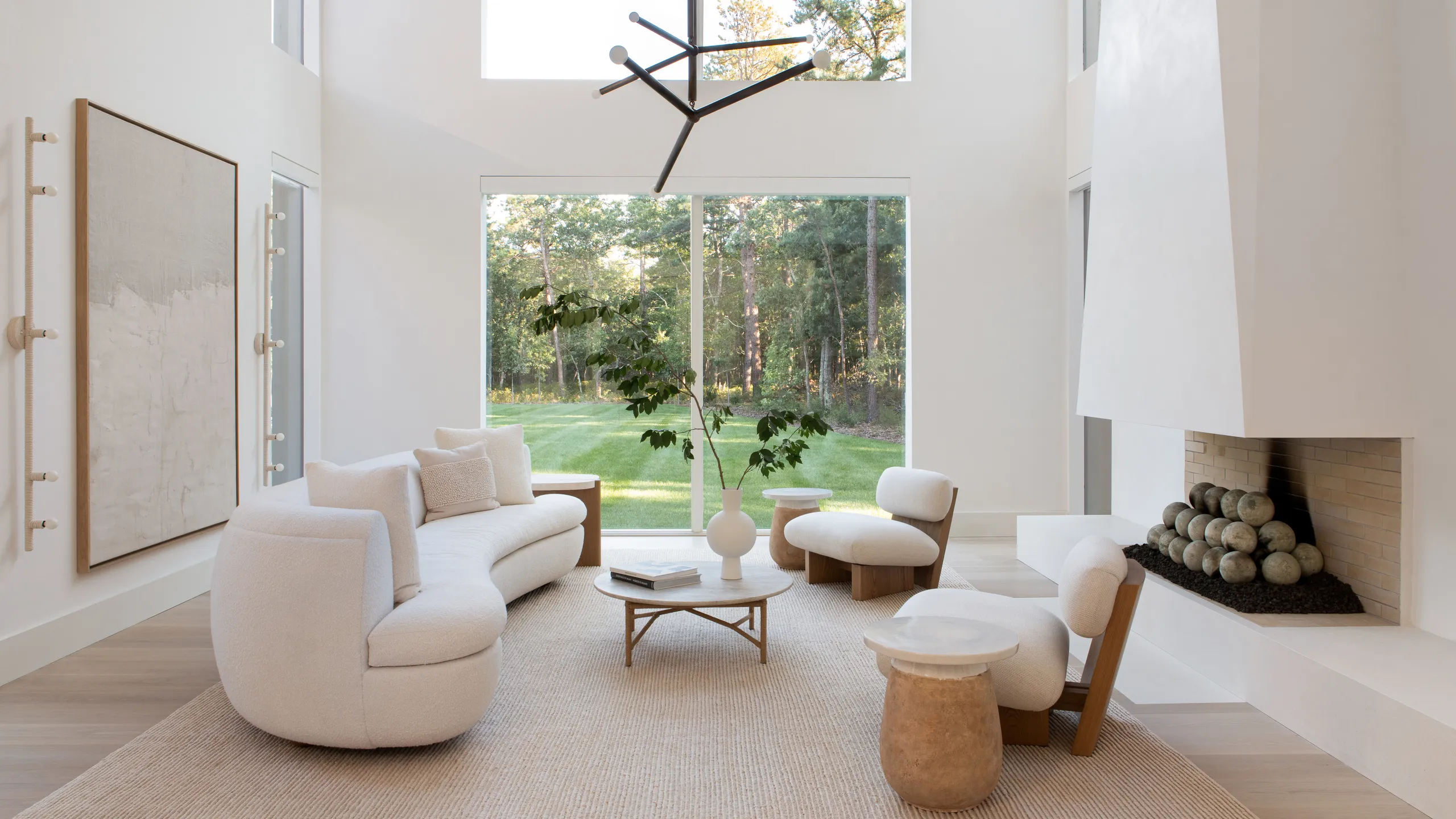Minimalist interior design is a style that focuses on simplicity, functionality, and clean lines. It is characterized by a clutter-free and uncluttered space, with a limited color palette and minimal decoration. The goal of minimalist design is to create a calm and peaceful environment that promotes relaxation and mindfulness.
The roots of minimalist design can be traced back to the early 20th century, with the rise of modernism and the Bauhaus movement. Influenced by the principles of simplicity and functionality, minimalist design gained popularity in the 1960s and 1970s as a reaction against the excesses of consumerism. Today, minimalist design continues to be popular due to its timeless appeal and its ability to create a sense of serenity in our fast-paced world.
Summary
Minimalist interior design focuses on simplicity, functionality, and the use of clean lines and neutral colours.
A minimalist home can reduce stress, increase productivity, and promote a sense of calm and relaxation.
Decluttering is a crucial step in achieving a minimalist home, and involves getting rid of unnecessary items and organizing the remaining ones.
A neutral colour palette, such as whites, greys, and earth tones, is ideal for a minimalist home.
Essential furniture pieces for a minimalist home include a comfortable sofa, a simple dining table, and a bed with clean lines and minimal ornamentation.
The Benefits of a Minimalist Home
One of the key benefits of a minimalist home is reduced stress and anxiety. Clutter has been shown to have a negative impact on our mental well-being, causing feelings of overwhelm and making it difficult to relax. By decluttering our living spaces and keeping only what we truly need and love, we can create a sense of calm and tranquility.
In addition to reducing stress, a minimalist home can also increase focus and productivity. With fewer distractions and visual clutter, it becomes easier to concentrate on the task at hand. This can be particularly beneficial for those who work from home or need a dedicated space for studying or creative pursuits.
Another advantage of minimalist design is that it makes cleaning and maintenance much easier. With fewer items to dust, organize, and clean, you can spend less time on household chores and more time doing the things you love. This not only saves time but also reduces the physical and mental burden of constantly tidying up.
Furthermore, minimalist design is more sustainable and eco-friendly. By consuming less and being mindful of our purchases, we can reduce our carbon footprint and contribute to a more sustainable future. Choosing quality over quantity and investing in long-lasting pieces also means less waste and a more conscious approach to consumption.
How to Declutter Your Space

Getting started with decluttering can be overwhelming, but with a few simple tips, you can make the process more manageable. Begin by setting aside dedicated time to tackle each area of your home. Start small, focusing on one room or even one category of items at a time. This will prevent you from feeling overwhelmed and help you stay motivated.
When sorting and organizing your belongings, it can be helpful to create three piles: keep, donate/sell, and discard. Be honest with yourself about what you truly need and use regularly. Consider the functionality and sentimental value of each item. If something no longer serves a purpose or brings you joy, it may be time to let go.
Letting go of sentimental items can be particularly challenging, but it is an important part of decluttering. Take the time to reflect on the memories associated with these items and consider whether they truly enhance your life or if they are simply taking up space. If the sentimental value outweighs the practicality, find creative ways to display or repurpose these items so that they can be enjoyed and appreciated.
Once you have decluttered your space, it is essential to create a system for maintaining a clutter-free home. This can include implementing daily habits such as putting things away immediately after use, designating specific areas for frequently used items, and regularly reassessing your belongings to ensure they still align with your needs and values.
Choosing the Right Colour Palette

Colour plays a crucial role in minimalist design, as it sets the tone for the entire space. Neutral colour palettes are often preferred in minimalist interiors due to their calming and timeless qualities. Shades of white, beige, gray, and black create a clean and uncluttered backdrop that allows other elements of the design to shine.
In addition to neutral tones, pops of colour can be incorporated into a minimalist space to add interest and personality. However, it is important to use these accents sparingly to maintain the overall simplicity of the design. Choose one or two complementary colours and use them strategically in accessories, artwork, or furniture.
Texture and pattern can also be used to add visual interest to a minimalist space. Incorporating different textures, such as natural fibers, smooth surfaces, and rough finishes, can create depth and warmth. Similarly, subtle patterns can be introduced through textiles or wallpapers to add a touch of personality without overwhelming the space.
Essential Furniture Pieces for a Minimalist Home
When choosing furniture for a minimalist home, it is important to prioritize functionality and simplicity. Opt for pieces that serve a purpose and have clean lines. Avoid excessive ornamentation or unnecessary details that can detract from the overall minimalist aesthetic.
Multi-purpose furniture is particularly useful in a minimalist space, as it allows you to maximize functionality while minimizing clutter. Look for pieces that offer storage solutions or can be easily transformed to serve different purposes. For example, a coffee table with built-in storage or a sofa that can be converted into a guest bed.
Investing in quality furniture is also key to creating a minimalist home that will stand the test of time. Choose pieces made from durable materials and craftsmanship that will last for years to come. While quality furniture may come with a higher price tag initially, it is often more cost-effective in the long run as it will not need to be replaced as frequently.
When arranging furniture in a minimalist space, consider the flow and functionality of the room. Keep pathways clear and ensure that each piece serves a purpose. Avoid overcrowding the space and leave room for movement and breathing space. Remember, less is more when it comes to minimalist design.
Incorporating Natural Elements into Your Design
Bringing nature indoors is a fundamental aspect of minimalist design. The benefits of incorporating natural elements into your home are numerous. Plants, for example, not only add life and beauty to a space but also improve air quality and promote a sense of well-being. Choose low-maintenance plants that thrive indoors and place them strategically throughout your home.
In addition to plants, natural materials such as wood and stone can be used to create a calming and peaceful atmosphere. Opt for furniture and accessories made from sustainable materials that have a minimal impact on the environment. Incorporate wooden accents or stone surfaces to add warmth and texture to your space.
Creating a connection with the natural world can also be achieved through the use of natural light. Maximize the amount of natural light in your home by keeping windows unobstructed and using sheer curtains or blinds that allow light to filter through. Natural light not only enhances the overall aesthetic but also has a positive impact on our mood and well-being.
Tips for Maintaining a Minimalist Home
Once you have achieved a minimalist home, it is important to establish routines and habits that will help you maintain it. Creating a cleaning and organizing routine can prevent clutter from accumulating and make it easier to keep your space tidy. Set aside dedicated time each week for cleaning and decluttering tasks, and stick to your schedule.
Avoiding impulse purchases is another key aspect of maintaining a minimalist home. Before making a purchase, ask yourself if the item is truly necessary and if it aligns with your values and aesthetic. Consider the long-term impact of each purchase on your space and the environment. By being mindful of your buying habits, you can prevent unnecessary clutter from entering your home.
Staying mindful of your belongings is essential in maintaining a minimalist home. Regularly reassess your possessions and ask yourself if they still serve a purpose or bring you joy. If not, consider donating or selling them to someone who will appreciate them. By regularly decluttering and letting go of items that no longer serve you, you can create a space that is truly reflective of your values and needs.
In conclusion, minimalist interior design offers numerous benefits, including reduced stress, increased focus, and easier maintenance. By decluttering our spaces, choosing the right color palette, investing in essential furniture pieces, incorporating natural elements, and maintaining mindful habits, we can create a home that promotes simplicity and mindfulness. Embracing minimalist design principles allows us to create a space that reflects our values and enhances our well-being. So why not give it a try and see how minimalist design can transform your home and your life?